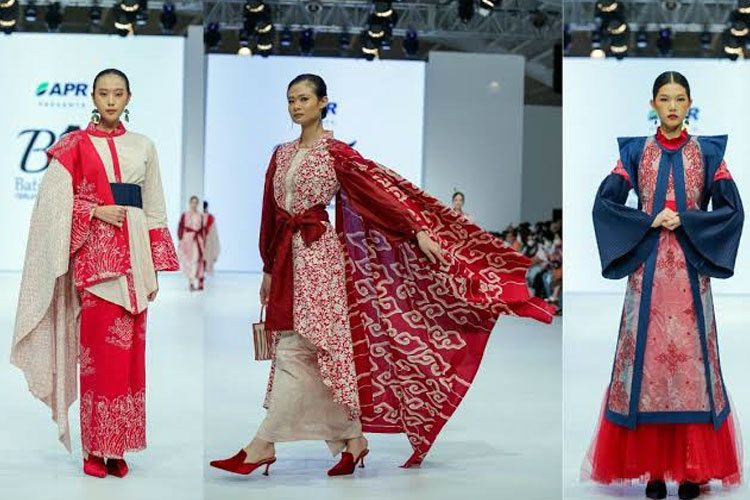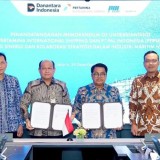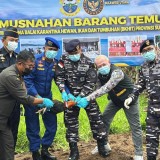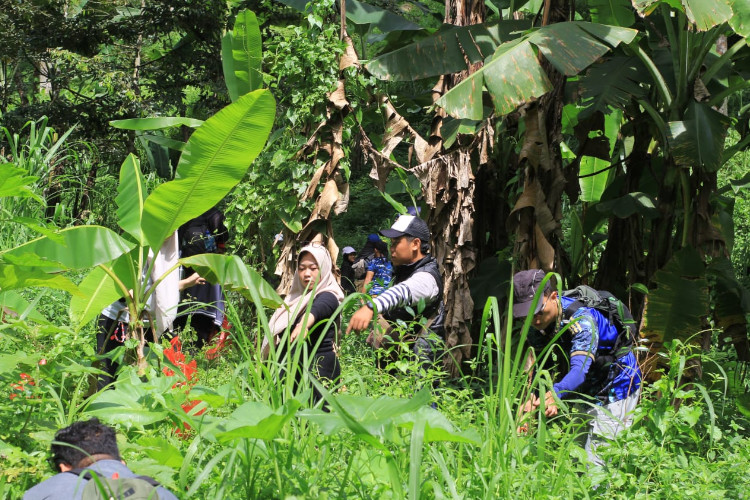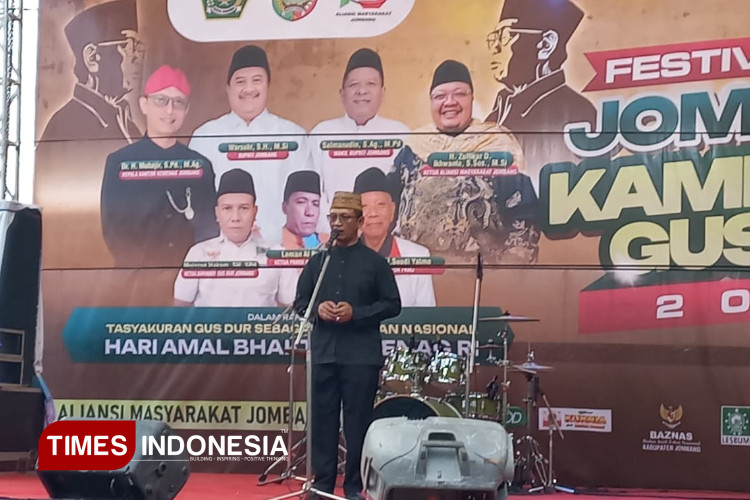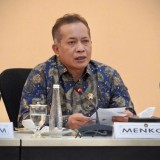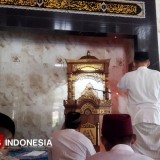TIMES SINGAPORE, JAKARTA – Batik is one of Indonesia's cultural heritages that has been recognized by the world. On October 2, 2009, UNESCO designated it as an Intangible Cultural Heritage of Humanity, or non-material cultural heritage.
However, the story of the journey of batik is much longer than that recognition. Starting from the kingdom era to becoming a national identity, it has evolved from ancient times to the modern era. Here is a review of the journey of this fabric from time to time.
The Beginning of Batik: Ancient Nusantara Tradition
The history of this traditional attire is estimated to have begun since the ancient kingdom era in the archipelago. Many believe that the technique originated from the Majapahit Kingdom around the 13th century.
However, several historians say that the technique of making batik has actually been known since earlier times in Central Asia and India, before finally entering Indonesia through trade routes.
At that time, the fabric was not only used as everyday clothing, but also had deep spiritual and symbolic meaning. It is believed to be able to protect the wearer from evil spirits. Certain patterns were also embedded in the clothing of the nobility and royal family as a symbol of status and power.
Batik during the Mataram Kingdom
During the Mataram Kingdom, batik developed rapidly. Sultan Agung, one of the greatest kings of the Islamic Mataram Kingdom (17th century), was known as one of the pioneers of the development of this fabric.
The patterns and motifs during this period tended to be influenced by Hindu and Buddhist teachings, as well as very strong ancient Javanese traditions.
In Yogyakarta and Surakarta, batik has its own characteristics. Yogyakarta prioritizes bolder colors such as black and brown, while Surakarta tends to use softer colors.
Patterns such as Parang Rusak, Kawung, and Sido Mukti that emerged during this period are still maintained today and have become icons of traditional Javanese batik.
Colonial Era and Western Influence
The entry of the Dutch and European nations into Indonesia in the 17th century to the early 20th century also influenced the development of batik. During the colonial period, it began to be known in Europe.
Many craftsmen began experimenting with brighter colors, which had never been used before in traditional batik. Synthetic dyeing techniques introduced by the West began to replace natural dyes.
Not only that, this clothes also began to be mass-produced and sold abroad. This indicates that it began to be recognized as a high-value economic commodity, not only in Indonesia but also abroad. The influence of European culture can be seen in the more modern and bold batik motifs.
The Revival of Batik in the Era of Independence
After Indonesia's independence in 1945, the fabric maintained its position as one of the nation's cultural identities. In the Soekarno era, it became a symbol of struggle and nationalism.
Soekarno himself often wore batik on various formal occasions, including meetings with leaders of other countries.
In addition, various batik innovations emerged using new motifs that better reflected the spirit of independence. It was no longer monopolized by the nobility, but became clothing that could be worn by anyone, from ordinary people to state officials.
Batik in the Present: From Tradition to Modernity
It continues to evolve with the times. In this modern era, this fabric is no longer only seen as traditional clothing, but has also become an element in the wider fashion world. Indonesian and international designers have begun to explore batik in their works, combining classic motifs with contemporary fashion styles.
Along with the development of technology, the process of making this special fabric has also undergone a transformation. Stamped batik and printed batik have begun to replace hand-drawn which requires time and high skills. However, typical hand-drawn is still maintained by craftsmen as an art form that must be preserved.
In addition, efforts by the government and various parties to introduce this fabric to the world continue to be made, both through international exhibitions and cultural festivals. National Batik Day, which is celebrated every October 2, is an important moment to remind the public of the importance of preserving this cultural heritage.
Batik is not just a piece of cloth with beautiful motifs. It is a symbol of the identity, history, and culture of the Indonesian nation. From time to time, the journey of bthis fabric continues to change and develop, but still maintains its essence and traditional values. As a world cultural heritage, it has proven itself as an inseparable part of Indonesian people's lives. (*)
Pewarta: Nurul Aliyah
| Writer | : |
| Editor | : Khodijah Siti |
